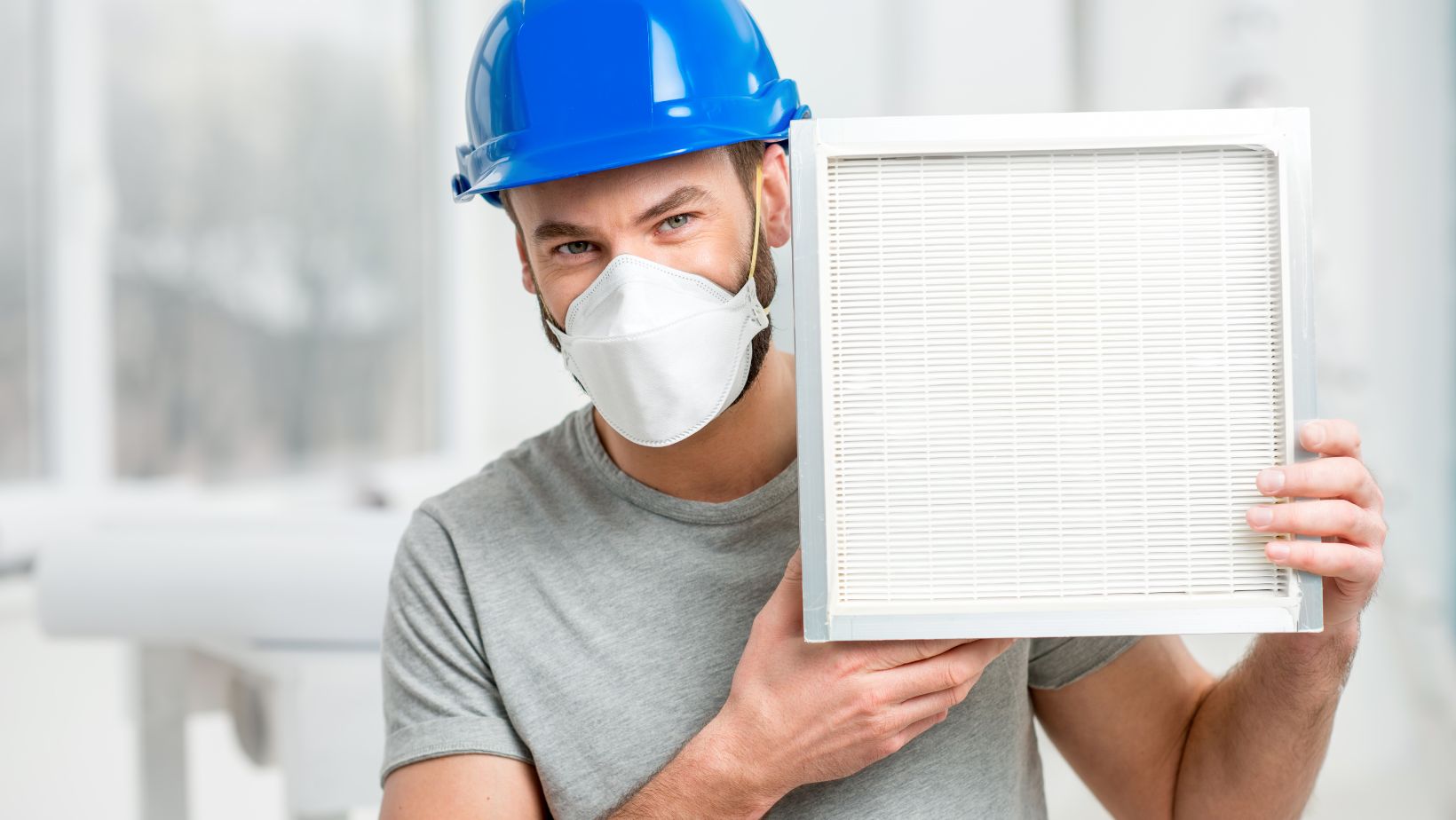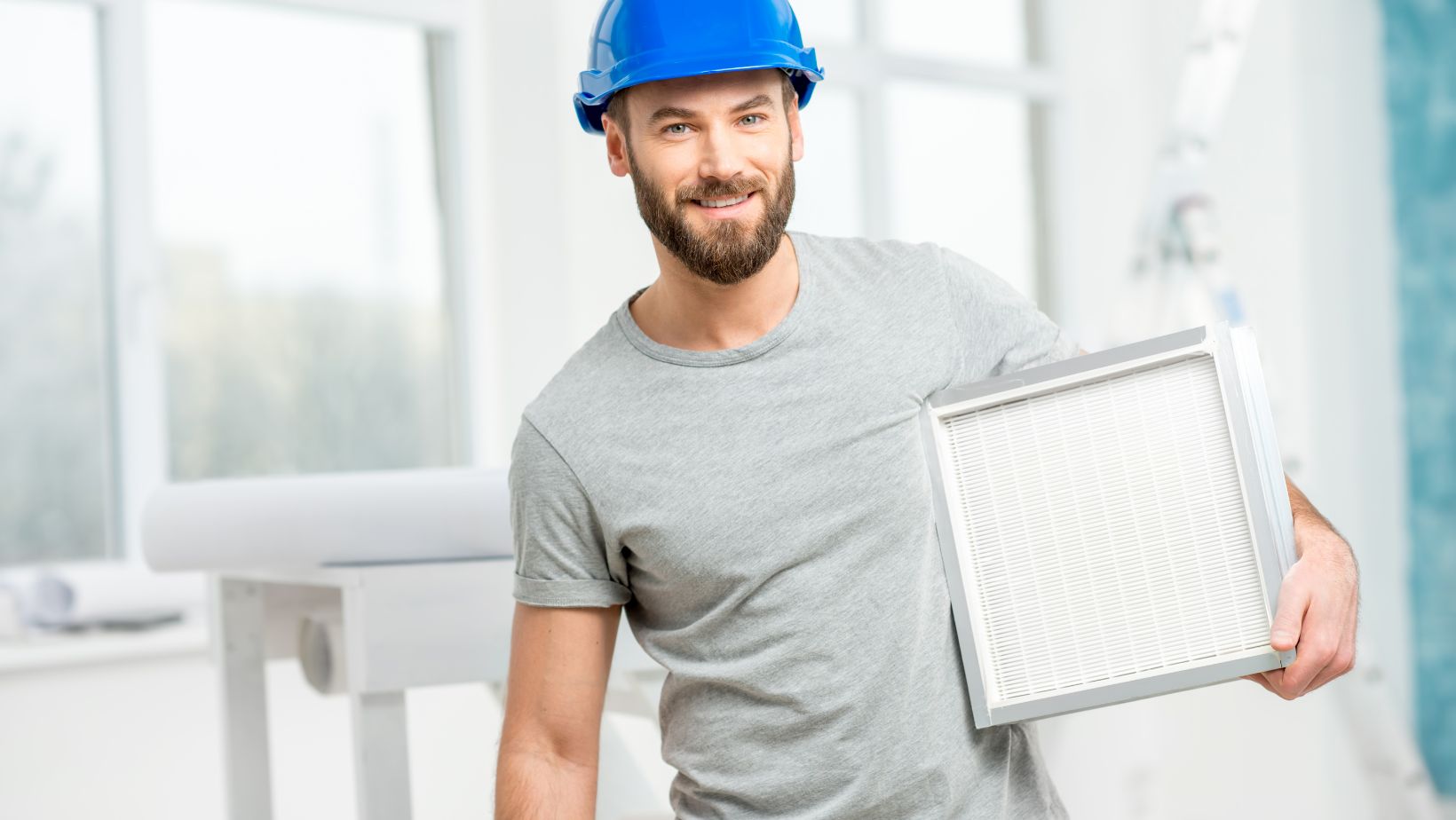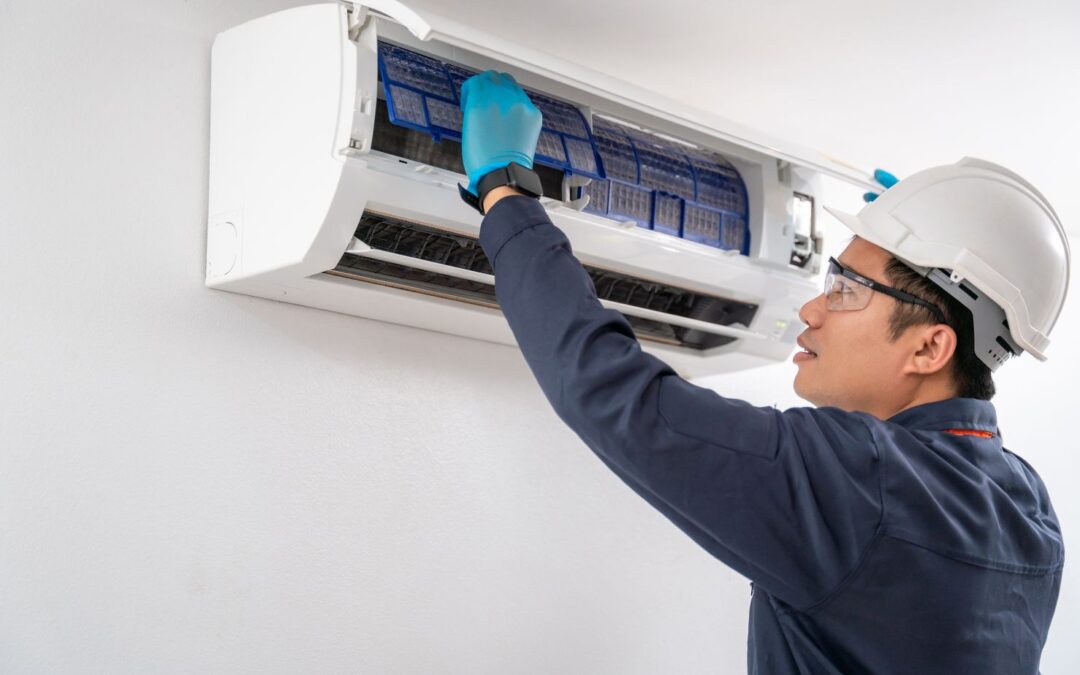For individuals who suffer from allergies, the quality of the air they breathe is crucial. Airborne particles such as pollen, dust, and pet dander can trigger allergies and cause discomfort. One way to improve indoor air quality is by using the most efficient air filter for allergies with a high Minimum Efficiency Reporting Value (MERV) rating.
MERV ratings range from 1 to 20, with higher numbers indicating better filtration performance. Air filters with a MERV rating of 11 or higher can effectively capture particles that cause allergies, such as pollen, mold spores, and pet dander. However, it is important to note that higher MERV ratings may also lead to reduced airflow and increased strain on HVAC systems. Therefore, it is essential to choose an air filter with a MERV rating that is appropriate for the specific needs of your home or building.
Understanding MERV ratings can be confusing, but it is an important factor to consider when selecting air filters for allergy relief. This article will provide an overview of MERV ratings and how they relate to indoor air quality. It will also discuss the best MERV ratings for allergy relief and provide tips for selecting the right air filter for your needs.
MERV Ratings and Allergen Filtration
MERV ratings are a measure of how effective an air filter is at capturing airborne particles of different sizes. When it comes to allergies, it’s important to choose a filter with a MERV rating that can effectively capture the allergens that trigger your symptoms.
For most residential homes, a MERV rating of 5 to 8 is appropriate for capturing larger particles like dust and pollen. However, for those with allergies, a filter with a MERV rating of around 10 to 14 is needed to filter out smaller particles like mold spores, pet dander, and fine dust particles. A filter with a MERV rating of 11 or higher can effectively eliminate up to 75% of airborne allergens.
It’s important to note that the higher the MERV rating, the more restrictive the filter is, which means it can reduce airflow and put a strain on your HVAC system. It’s important to choose a filter with a MERV rating that is appropriate for your specific HVAC system to avoid any potential damage.
When it comes to airborne allergens, particle size is an important factor to consider. Allergens like pollen, mold spores, and pet dander can range in size from 0.1 to 100 microns. A filter with a higher MERV rating can capture smaller particles, which is important for those with allergies.
In addition to allergens, air filters can also capture bacteria, dust mites, and other particulate matter. It’s important to choose a filter with a MERV rating that can effectively capture the specific particles that are causing your symptoms.

The Importance of MERV Ratings for Allergy Relief
MERV ratings play a crucial role in alleviating common allergy symptoms. Effective filtration of airborne pollutants, including allergens, can significantly reduce exposure and, consequently, the occurrence of allergic reactions. The MERV system enables a more precise selection of air filters based on their performance, which is particularly vital for allergy sufferers.
MERV Ratings and Allergen Particle Size
Every allergen has a different particle size, which fundamentally impacts its filtration. Larger particles, such as pollen and dust mites, can often be trapped by filters with lower MERV ratings. However, filters with higher MERV ratings are needed to tackle smaller allergens such as smoke or pet dander.
Specific MERV ratings can trap particles of particular sizes more efficiently:
MERV 1-4 filters trap particles larger than 10 micrometers, such as pollen or dust mites.
MERV 5-8 filters are efficient for particles sized 3 to 10 micrometers. These include mold spores and pet dander.
MERV 9-12 filters can capture particles as small as 1 micrometer, like smoke or smog.
With the highest efficiency, MERV 13-16 filters can trap particles even smaller than 1 micrometer.
Above all, it’s vital to remember that particle size is one of the essential factors when selecting an air filter. The correct MERV rating can effectively trap specific allergen particles, significantly relieving allergy sufferers.
Understanding MERV Ratings and Allergen Filtration Effectiveness
Knowing the meaning of MERV ratings and how they directly correlate with filtration effectiveness is necessary. A higher MERV rating means a more efficient filter and a better ability to capture smaller particles, including allergens.
While the highest-rated MERV filters offer the best filtration, better choices may exist. These filters can reduce airflow, placing strain on your HVAC system. Therefore, it’s essential to balance the need for cleaner air with the operational health of your system.
Many homeowners find MERV 8 to 11 filters are the best fit, providing good allergen filtration without negatively affecting system operation. However, a higher MERV rating may be required in some cases – like severe allergies or air quality concerns. Every situation is unique, so an individualized approach is necessary to mitigate various allergen exposures properly.
As you can see, MERV ratings hold great importance in managing allergies. By understanding these ratings, you can choose an air filter that effectively eliminates allergens in your home. These insights should help you breathe easy, knowing that allergy relief might be just a MERV rating away.
Conclusion
Understanding MERV ratings is essential for allergy relief and good indoor air quality. Higher-rated filters remove more particles, with a rating of 5-8 suitable for most homes and 10-14 needed for allergy sufferers.

However, high-MERV filters can reduce airflow and potentially damage incompatible HVAC systems, so professional consultation is advised. Commercial buildings should use filters with at least a MERV 13 rating, considering system compatibility.
Regular replacement is crucial, with lower-rated filters needing monthly changes and higher-rated ones lasting up to three months. Comprehending MERV ratings and maintaining filters can significantly improve indoor air quality and alleviate allergy symptoms.

Jessica has a flair for writing engaging blogs and articles. She enjoys reading and learning new things which enables her to write different topics and fields with ease. She also strives to break down complex concepts and make them easy for anybody to comprehend.





